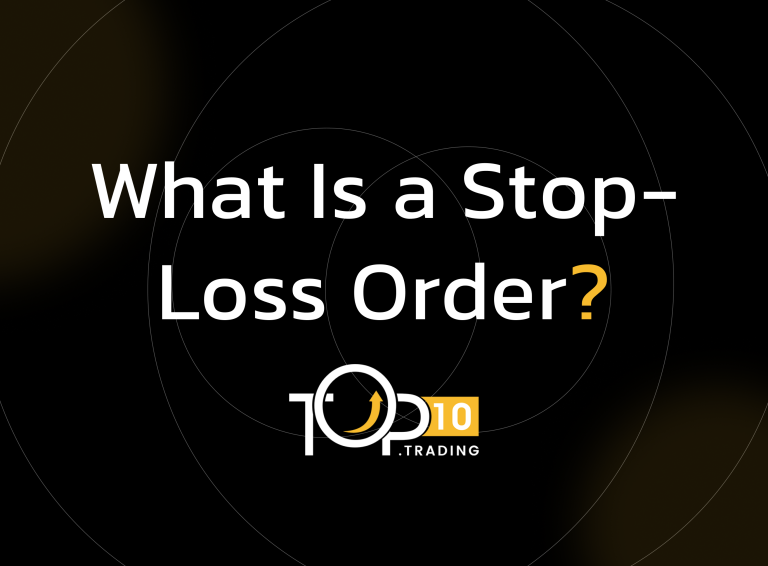Stop-Loss Order Definition

A Stop-Loss Order is a risk management tool used by traders and investors to limit potential losses on a position. It automatically triggers a market or limit order to sell (or buy, in the case of a short position) an asset when it reaches a specified price level. Stop-loss orders help enforce trading discipline and protect capital in volatile markets.
Key Takeaways
- A stop-loss order is designed to exit a trade automatically when the price hits a pre-defined level.
- It limits losses by closing losing positions before they worsen.
- Can be used for both long and short positions.
- Stop-loss orders do not guarantee execution at the exact stop price in fast-moving markets.
- Widely used in risk management strategies across all asset classes.
How Stop-Loss Orders Work
When you place a stop-loss order, you specify a stop price—the price at which the order becomes active. Once the market reaches or passes this stop price, the order is converted into a market order (or limit order, depending on the type used) to close the position.
For a long position:
If you own a stock bought at $50 and set a stop-loss at $45, the position will be sold if the price drops to $45 or lower.
For a short position:
If you shorted a stock at $100 with a stop-loss at $105, the position will be covered if the price rises to $105 or higher.
- Types of stop-loss orders:
- Stop-Market Order: Triggers a market order once the stop price is hit.
- Stop-Limit Order: Triggers a limit order, which may not execute if the price moves past the limit.
Examples of Stop-Loss Orders
- A trader buys gold at $1,900 and places a stop-loss at $1,875 to cap risk.
- A forex trader shorting GBP/USD uses a stop-loss 30 pips above the entry point.
- A swing trader holding a tech stock places a stop-loss 5% below the recent low.
Benefits of Stop-Loss Orders
- Risk Limitation: Helps prevent large losses on unfavorable trades.
- Discipline: Removes emotion from decision-making, enforcing exit strategy.
- Automation: No need to monitor the market constantly.
- Capital Protection: Preserves trading capital for future opportunities.
Costs and Limitations
- Slippage Risk: The execution price may differ from the stop price in fast-moving markets.
- Premature Exits: Volatility may trigger stop-losses even if the overall trend is intact.
- No Guarantee of Execution (for stop-limit orders): The trade might not be filled if the limit is skipped.
- Can Be Visible to Market Makers: In some cases, stop-loss levels can be targeted by large players.
Who Uses Stop-Loss Orders?
- Retail Traders: To manage losses without constant monitoring.
- Professional Traders: As part of structured risk management plans.
- Investors: To protect long-term holdings from steep declines.
- Algorithmic Systems: To automate exits based on predefined risk thresholds.
